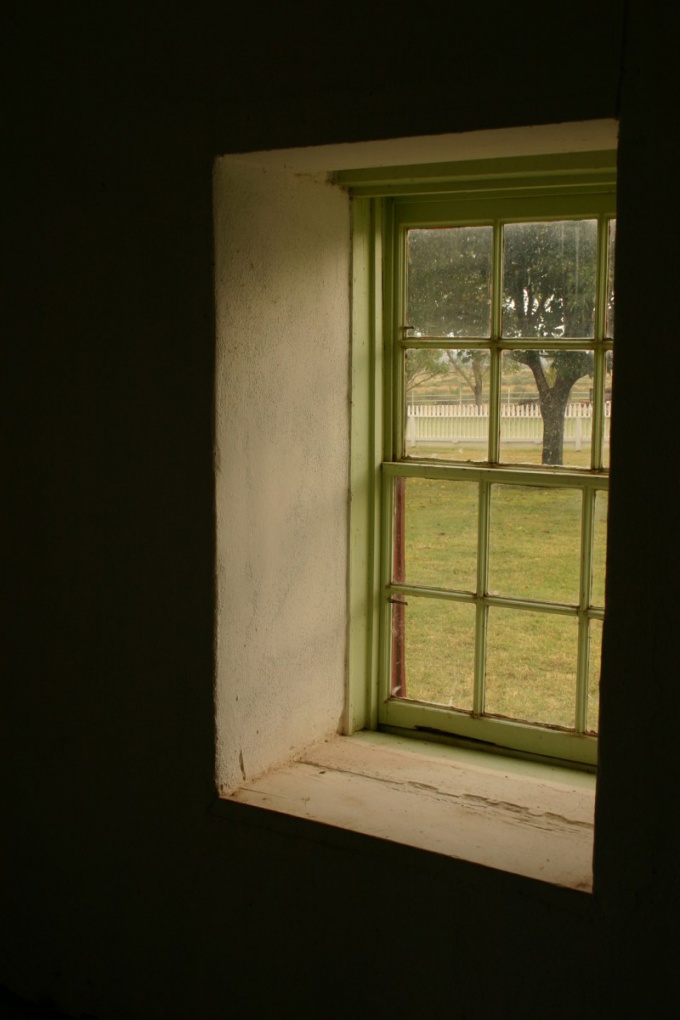You will need
- - adhesive tape;
- - long metal ruler;
- - a knife or blade;
- - sponge;
- - putty;
- - the ground;
- - sponge.
- - a soft cloth.
Instruction
1
Regardless of what surface you intend to laminate, it is necessary first of all to align. Seal all the cracks, remove loose paint, go over the surface with sandpaper. With plastic sillAMI the hassle usually less. Laminated them mainly for the beauty or if fed up with the old interior.
2
Sometimes it is necessary to degrease the window sill. Usually enough water with detergent. The sills are rarely brought to such a state as to require the application of alkaline solution. But such a need may occur so alkali it is better to stock up in advance. A wooden surface is better primed - this applies to a special clay varnish. It can be replaced with methyl Wallpaper glue or polyester varnish.
3
Measure the window sill. Please note that you will need to paste over the side of his hand. It is desirable to paste over the entire surface of one sheet, but it turns out not always. Special care is required in the case of corners and edges, especially if the latter have the figure shape.
4
Roll the laminated film face down on a horizontal surface. Film with a paper layer, usually have an inch grid, and it makes life much easier in the wizard. The area of the window silland not very large, so cut the tape on the table or on a big Board. Draw a rectangle with sides equal to the length and width of the window silland, plus 2-3 cm. Will docentia projections. Add in the right places, the thickness of the Board and a couple of inches to bend the tape on the bottom side.
5
Typically, the sillis used a solid coating or film with an irregular pattern. But do not rule out use of the material with the ornament or tile. This film is recommended to cut on the front side. Guidelines will be repeating sections of the pattern or lines of tiles. Cut film like a metal ruler with a sharp knife, for example, a Shoe or cardboard.
6
Peel off the paper layer of inches from the edge. Press the tape to the surface and how it might smooth out from center area to edges. Separate another piece of paper and continue the process. Thus cover the entire surface except the ends and corners. If the film is new, a bad plot can be quite easy to glue. Sometimes, even the very careful masters get bubbles. Carefully puncture them with a needle and smooth the film.
7
The crucial point is the lamination of corners and ends. This largely depends on appearance of your creation. At the corners cut the tape at an angle of approximately 45°. To paste the rounded end, peel off the paper and the film run a normal household Hairdryer. Then it is easy to take the desired shape. Fold the corners and press down firmly. The vertical ends of the laminate in exactly the same way as a horizontal surface.




